When you struggle with a new gadget, you reach out for the manual.
When you get stuck setting up software, you check the help pages.
When your car makes a weird noise, you flip through the glovebox manual.
All of these are examples of technical writing – something we rely on every day but rarely think about it.
According to Glassdoor, a technical writer at SpaceX earns between $88,000 to $138,000 per year.
Yet, most people still don’t understand what technical writing really is.
It’s not just typing up instructions.
It’s not just translating engineer-speak into plain English.
And it’s not even just creating user manuals or help documents.
So what is technical writing? How is it different from other types of writing? What are its different forms? How can you become a technical writer? And how AI can help along the way?
We’ll cover all that – and so much more – in this blog. Let’s dive in!
What Is Technical Writing?
In layman’s terms, technical writing means taking the tricky and detailed topics and explaining them in a way that anyone (with the right background) can follow.
For example, this includes:
- User Manuals – That booklet that came with your phone? That’s technical writing.
- API Documentation – Devs need instructions too. APIs don’t explain themselves.
- Technical Reports – Engineers and scientists rely on these to share research and findings.
Technical writing isn’t just what you write but how you write it. It uses:
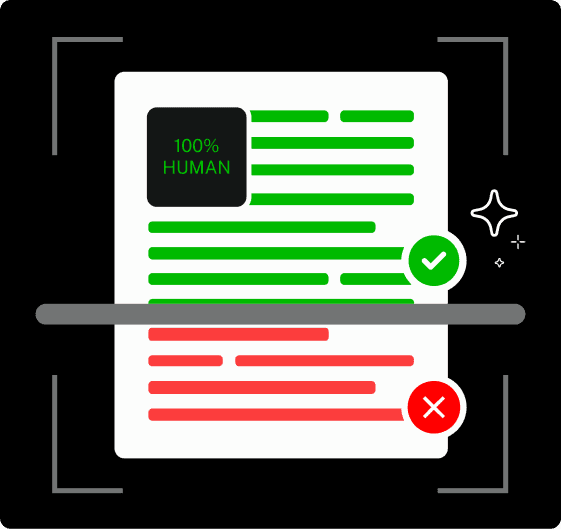
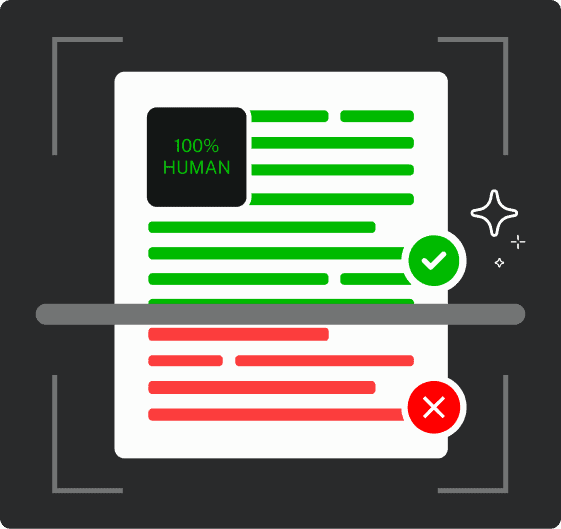
Never Worry About AI Detecting Your Texts Again. Undetectable AI Can Help You:
- Make your AI assisted writing appear human-like.
- Bypass all major AI detection tools with just one click.
- Use AI safely and confidently in school and work.
- Imperative Mood – Instead of “You should click the button,” it’s just “Click the button.”
- Passive Voice (When Needed) – If who did the action doesn’t matter, passive voice helps. “The file was deleted” works better than “Someone deleted the file” if the focus is on the file.
Some people think that technical writing is just writing for SaaS products or tech blogs.
But it’s not about marketing or storytelling.
Technical writing has vastly different types (will discuss shortly) – all with the same purpose: Presenting the information in an accurate, clear, and functional way.
How Technical Writing Differs From Other Writing Styles
Let’s understand six aspects by which technical writing is different from other writing styles.

Creative writers use ambiguity or metaphors to include an engaging factor for the audience.
Technical writers don’t aim for any ambiguity.
They want to prioritize clarity over creative expression but that’s the nature of this work.
Why Technical Writing Is Essential in Various Industries
Imagine a pilot reading this manual mid-flight when he needs to understand something urgently:
“Adjust thrust vectoring to compensate for asymmetric propulsion anomaly by implementing standard deviation protocol 5.3b with consideration for atmospheric density variables”
Or imagine a surgeon reviewing procedure guidelines moments before a critical operation:
“Incise parallel to fascial planes with consideration for underlying neurovascular structures while maintaining hemostasis throughout dissection sequence”
Even if they’re doctors or pilots who have studied this their whole careers, they wouldn’t want to read this in an emergency.
It creates confusion, and frustration, which anyone would like to avoid no matter the situation.
Let’s take a look at five major reasons why technical writing is an absolute must:
- Risk Reduction & Compliance – In industries like healthcare, finance, and aviation, mistakes aren’t just costly-they can be deadly.
- For example, What if a nurse misinterprets the dosage instructions because of unclear wording? Proper documentation prevents these mistakes.
- Knowledge Preservation & Transfer – People leave jobs, get promoted, or retire. But what happens to all the knowledge in their heads? They are properly documented using technical writing. A well-documented process means the next person can step in without starting from scratch.
- Customer Satisfaction & Reduced Support Costs – Ever tried setting up a new device and ended up watching a random YouTube tutorial because the manual made no sense? Bad documentation frustrates customers and burdens support teams with unnecessary calls. A well-written guide saves all of this.
- Legal Protection – Contracts, policies, and safety guidelines serve as evidence in disputes.
- For example, if a company gets sued for a faulty product, the first thing lawyers check is the documentation. Did the instructions warn about risks? Were safety procedures clearly outlined? If not, the company is in trouble.
- Efficiency Gains Through Standardization – Imagine a company where every department follows a different system for the same task. One team tracks data on spreadsheets, another uses custom software, and a third just “remembers things.” It’s a mess. Technical writing makes sure that processes are standardized, repeatable, and scalable
At its core, technical writing helps prevent confusion, saves time, and keeps people safe.
Types of Technical Writing (With Examples)
A lot of people hear “technical writing” and immediately think of dry, robotic user manuals—the kind no one actually reads unless they’re absolutely stuck.
But technical writing is way more than that.
In reality, it exists in almost every industry and comes in many different forms, each serving a distinct purpose.
Here are the six most essential types of technical writing (with examples):
- Technical Documentation – This is the classic type. It includes user manuals, product guides, and troubleshooting instructions.
- For example, You just bought a brand-new espresso machine, and you are puzzled by so many buttons. Instead of guessing, you flip open the user manual and follow the step-by-step guide to make your first cup.
- For example, You just bought a brand-new espresso machine, and you are puzzled by so many buttons. Instead of guessing, you flip open the user manual and follow the step-by-step guide to make your first cup.
- Process Documentation – Every company has workflows, but if those workflows only exist in someone’s head, that’s a disaster waiting to happen. These are called SOPs.
- For example, You’ve to make a bakery’s signature sourdough. Without an SOP, every loaf would be different. Thankfully, the SOP details each step—exact measurements, rising times, baking temperatures—every time.
- For example, You’ve to make a bakery’s signature sourdough. Without an SOP, every loaf would be different. Thankfully, the SOP details each step—exact measurements, rising times, baking temperatures—every time.
- API Documentation – If software is the brain, APIs (Application Programming Interfaces) are the nervous system.
- For example, A rideshare app wants real-time traffic data, so it integrates Google Maps’ API. Without clear API docs, they’d face endless trial and error.
- For example, A rideshare app wants real-time traffic data, so it integrates Google Maps’ API. Without clear API docs, they’d face endless trial and error.
- Scientific/Research Papers – These are written by researchers but need to be readable by the world.
- For example, A new cancer treatment looks promising, but before use, scientists must publish research on how it works, its side effects, and survival rates. Others review the data to verify it.
- For example, A new cancer treatment looks promising, but before use, scientists must publish research on how it works, its side effects, and survival rates. Others review the data to verify it.
- White Papers & Case Studies – White papers are the “convincing arguments” of the technical world. Case studies take it further, showing real-world success stories with actual results.
- For example, A cybersecurity firm warns about a new banking threat in a white paper. A month later, they shared a case study on how their tool stopped an attack. Banks start paying attention.
- For example, A cybersecurity firm warns about a new banking threat in a white paper. A month later, they shared a case study on how their tool stopped an attack. Banks start paying attention.
- Regulatory/Compliance Documentation – Healthcare, finance, and manufacturing rely on regulations. Compliance docs help companies follow laws, avoiding fines, lawsuits, and public disasters.
- For example, A pharmaceutical company must prove that a new painkiller is safe before selling it. They submit documents listing ingredients, dosage, and side effects to avoid any legal issues.
Key Skills Required for Technical Writing
If you’ve ever taught your grandparents how to use a smartphone without making them feel stupid, then you can become a technical writer because this is the core skill.
Every other skill can be learned. Here’s a list of skills a technical writer must have:
- Research Abilities – You don’t need to know everything, but you need to know how to find accurate, and reliable information.
- Audience Analysis – Knowing who your readers are, what they already know, and what they need to accomplish is what makes your writing useful. Because the way you explain a software update to a developer is not the same way you’d explain it to a customer.
- Clear Communication/Plain Language Skills – Technical writing is not about sounding smart – it’s about making others feel smart. This means stripping out jargon, using simple language, and writing so clearly that the reader never has to guess what you mean.
- Information Architecture – Readers don’t always read start-to-finish, they scan. You have to understand how to organize content with headings, bullet point, and logical flow so that the information is easy to find and digest.
- Visual Communication – Sometimes, an image explains something faster than a paragraph. Flowcharts, annotated screenshots, and infographics can simplify even the most confusing concepts. A good technical writer knows when to write and when to show.
- Tool Proficiency – Knowing the right tools speed up the process. For example, documentation softwares include MadCap Flare or Confluence, and designing tools are Snagit or Figma.
- Editing and Revision Skills—The first draft is never perfect. Technical writers must refine their work for clarity, accuracy, and completeness, ensuring every word serves a purpose. This is about making the document as easy to use as possible.
Who Uses Technical Writing? (Industries That Need It)
Here are the top four industries that require technical writing the most.
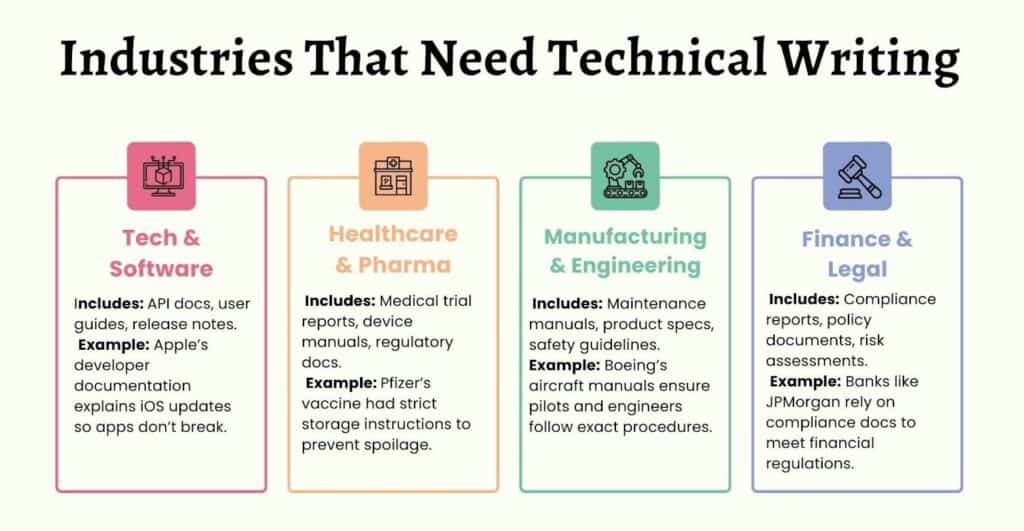
How to Become a Technical Writer
Here’s a step-by-step guide to getting into this field:
Step # 1 – Learn the Basics
You don’t need a communication or English literacy degree to get started.
You can step in and thrive in this career even if you’re a teacher, a journalist, an engineer or even someone from the medical field.
Take beginner-friendly courses and certifications on Coursera, Udemy, or Google’s Technical Writing Course.
Follow industry blogs like Write the Docs and STC (Society for Technical Communication).
Step # 2 – Build a Portfolio
Pick a product you use daily (e.g., a coffee maker, a fitness app, or a smart speaker), and write a user manual or troubleshooting guide.
Would that be perfect? No.
Would that give you something concrete to show? Absolutely.
The open-source community like GitHub is open to new technical writers.
Many projects desperately need documentation help, and they don’t care if you’re new.
Step # 3 – Get an Entry-Level Role
Focus on positions with “junior” or “associate” in the title on platforms like LinkedIn, Indeed, and We Work Remotely.
Don’t overlook contract positions either – they’re often easier to land and can lead to permanent roles.
Step # 4 – Advance Your Career
Once you have confidence and experience, aim for a senior technical writer position, API writer, or UX writer role.
Get familiar with tools like MadCap Flare, and Oxygen XML for structured writing or Markdown and Git if you want to work with developers. But you don’t have to master everything at once.
Step # 5 – Prepare for Interviews
- Common questions include:
- How do you simplify a complex topic? → Show a before-and-after writing sample.
- What tools have you used? Mention all of them.
- How do you handle feedback from engineers? → Give a real or hypothetical example.
Step # 6 – Keep Learning & Level Up
The field evolves constantly. One year everyone’s talking about wikis, the next it’s all about docs-as-code.
The people who thrive are those who continue to upskill.
Follow TechWhirl and Cherryleaf for trends.
Start today. Rewrite a product’s manual, share it on LinkedIn, and ask for feedback.
Technical Writing Tools & Software
AI tools make your tasks easier, and efficient – and technical writing is no different.
Here are the technical writing tools used by professionals:
1. For drafting & content editing:
- MS Word lets you create professionally formatted documents with precise control over styles, headers, and cross-references.
- Google Docs allows multiple team members to work simultaneously on the same document.
2. For structured documentation & publishing:
- MadCap Flare lets you maintain a single source of content that automatically publishes to different formats.
- Adobe FrameMaker handles your 500-page technical specification with complex tables, specialized diagrams, and cross-references.
3. For team-based documentation:
- Confluence becomes your company’s internal wiki where different departments maintain their documentation.
- Notion helps your product team organize documentation alongside project management.
4. For managing and tracking document changes:
- GitHub allows developers to update documentation alongside code changes.
- BitBucket integrates with your CI/CD pipeline so that documentation automatically builds and deploys with each release.
When you are juggling multiple contributors and versions, consistency is everything.
Our Undetectable AI’s Bulk Scan AI Content lets you upload several drafts at once and quickly spot passages that read too synthetic or off brand.
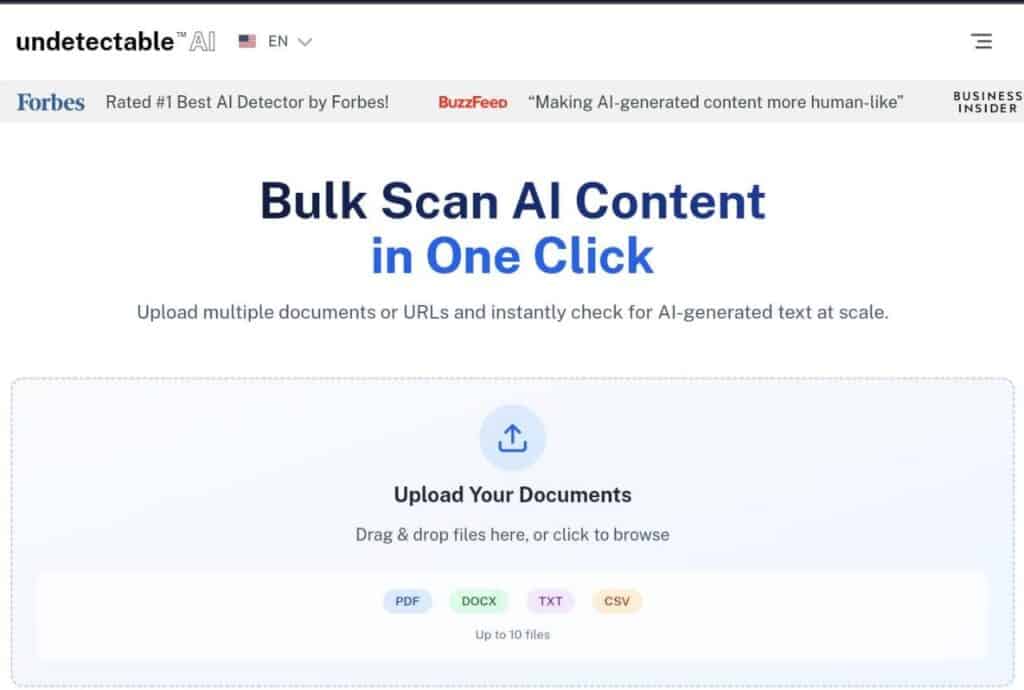
You get clear, color-coded feedback across files, so you can align tone, trim robotic phrasing, and keep terminology tight before handoff to engineering or release notes.
Why this works
- Sits with collaboration tools where multi-file review pain is highest
- Emphasizes tech writing priorities: consistency, clarity, terminology control
- Keeps the voice practical and writer-focused
Want a shorter inline version for the same spot? Try:
Need a fast multi-file check for tone and clarity?
Use Our Undetectable AI’s Bulk Scan AI Content to scan batches of drafts, flag robotic phrasing, and standardize language before you publish.
5. For research, content structure, and better readability:
- Essay Writer helps you document a sophisticated algorithm into appropriate context, explanations, and examples.
- SEO Writer ensures your public-facing documentation uses consistent terminology and follows readability best practices.
- AI Chat helps your technical writer simplify complex concepts. It suggests alternative explanations and identifies areas where users might need additional context.
How AI Can Improve Technical Writing Efficiency
Here’s how AI can help you in technical writing:
1. Automation
Starting from a blank page is tough. You can use AI to draft initial content based on structured data.
It reduces the time needed to create manuals, guides, and reports.
How to do it…
Use AI tools like AI Chatbot to generate basic outlines or even a first draft.
Then, refine the language by using industry-specific terminology, and fact-check the content.
2. Grammar & Clarity
Use AI tools to check for jargon, passive voice, and readability issues.
Here’s how to use it…
Run drafts through AI Paraphrasing tool. This tool helps in rewriting complex sentences, suggests plain language alternatives, and enhances overall readability.

3. Content Structuring
A well-structured document prevents confusion.
AI can organize content logically by grouping related topics, adding headings, and suggesting layouts.
Here’s how to use it..
Use our AI Essay Writer to create reports, manuals, and documentation.
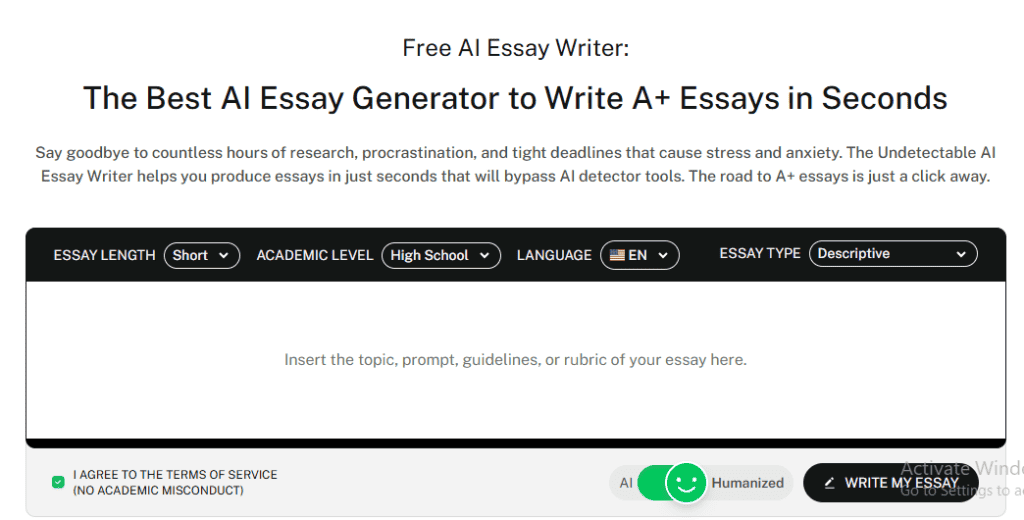
Conclusion
Technical writers translate “engineer-speak” into “human-speak.”
They’re why pilots can safely land planes without reading a 10,000-page manual mid-flight, why surgeons focus on saving lives instead of deciphering cryptic instructions, and why you can actually use that fancy coffee maker without creating an accidental geyser in your kitchen.
In our complex world, clear communication is essential.
Good technical writing saves time, money, frustration, and sometimes lives as well (in medical and safety contexts).
In the future, we’ll see more videos in the form of interactive guides and documents that adapt to your expertise level.
If you want to flex your technical writing muscles, pick something complicated you understand well – maybe how photosynthesis works, the offside rule in soccer or even how to make the perfect soufflé—and explain it to a friend in the clearest, simplest way possible.
If they understand that instead of that glazed-over look, congratulations!
You’ve discovered the technical writer’s core skill: making the complicated uncomplicated.
Need extra help? Undetectable AI tools refine your writing and keep it flawless. Try them now!
Feel free to explore our AI Detector and Humanizer in the widget below!
